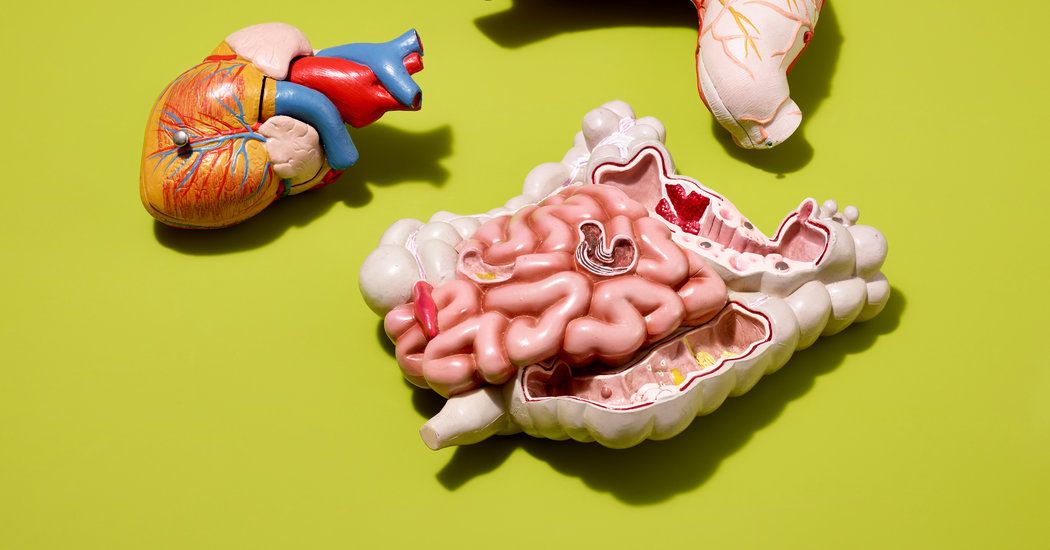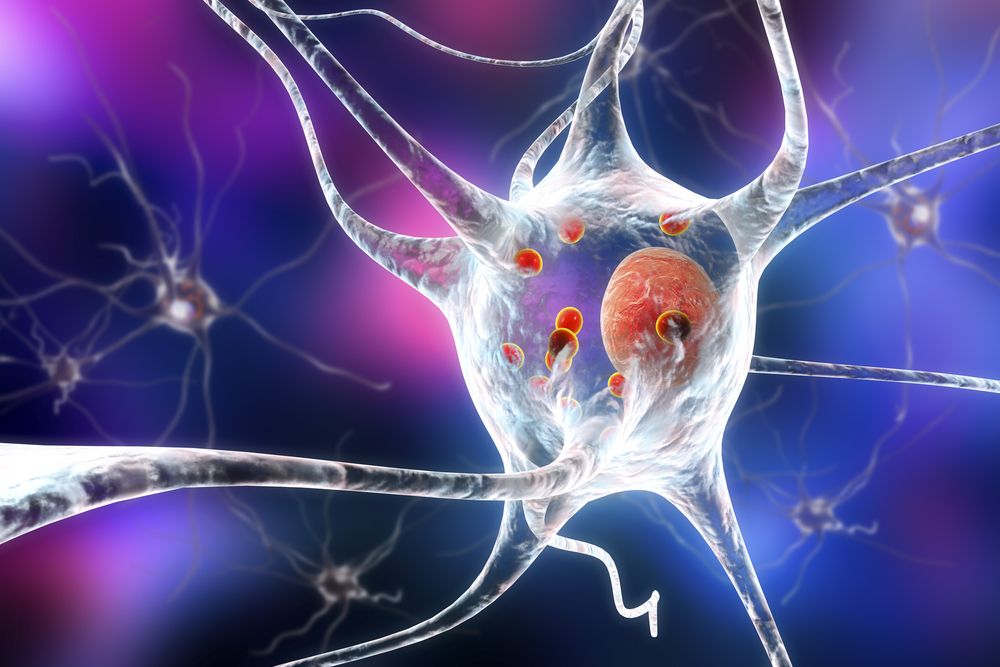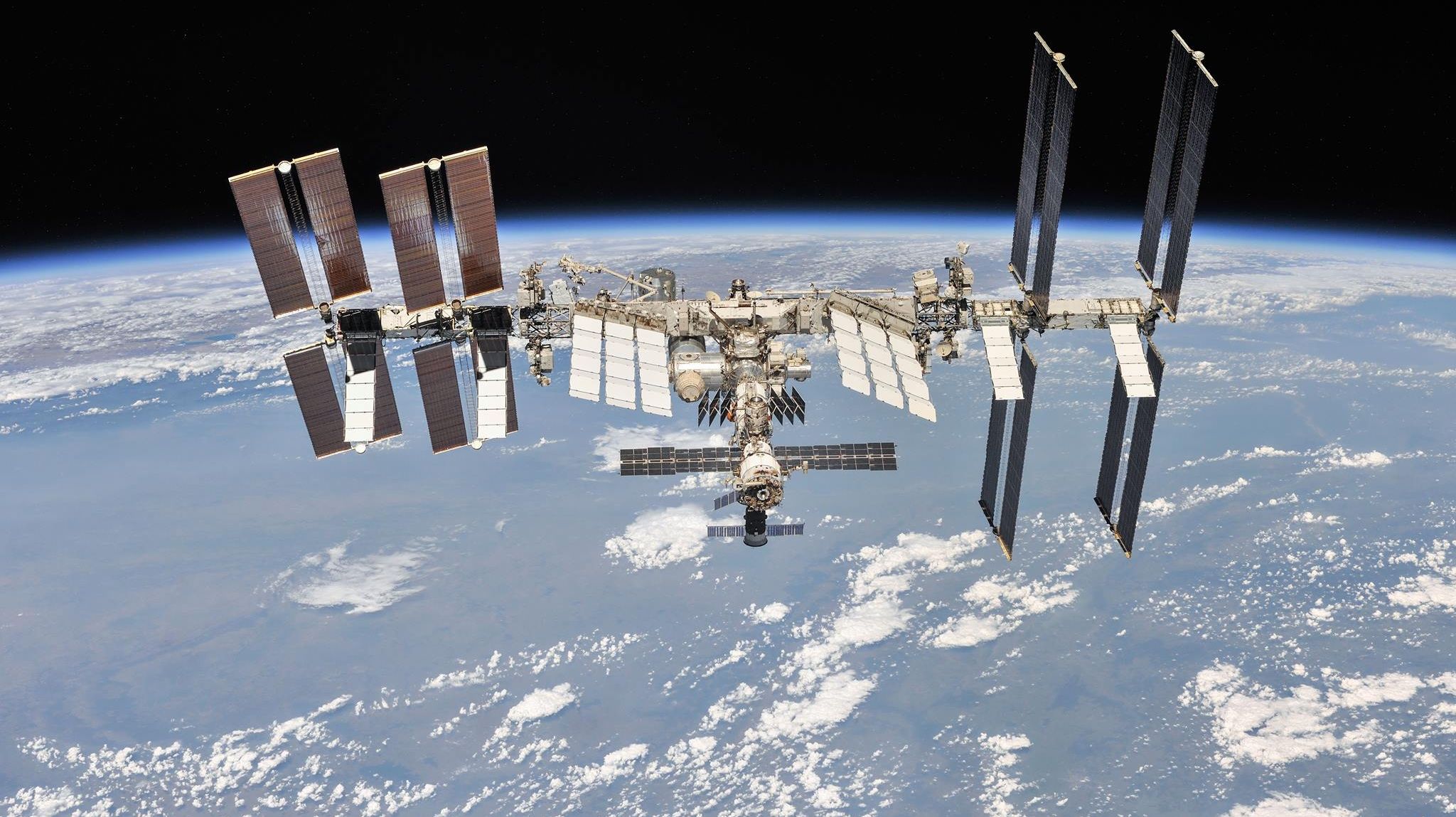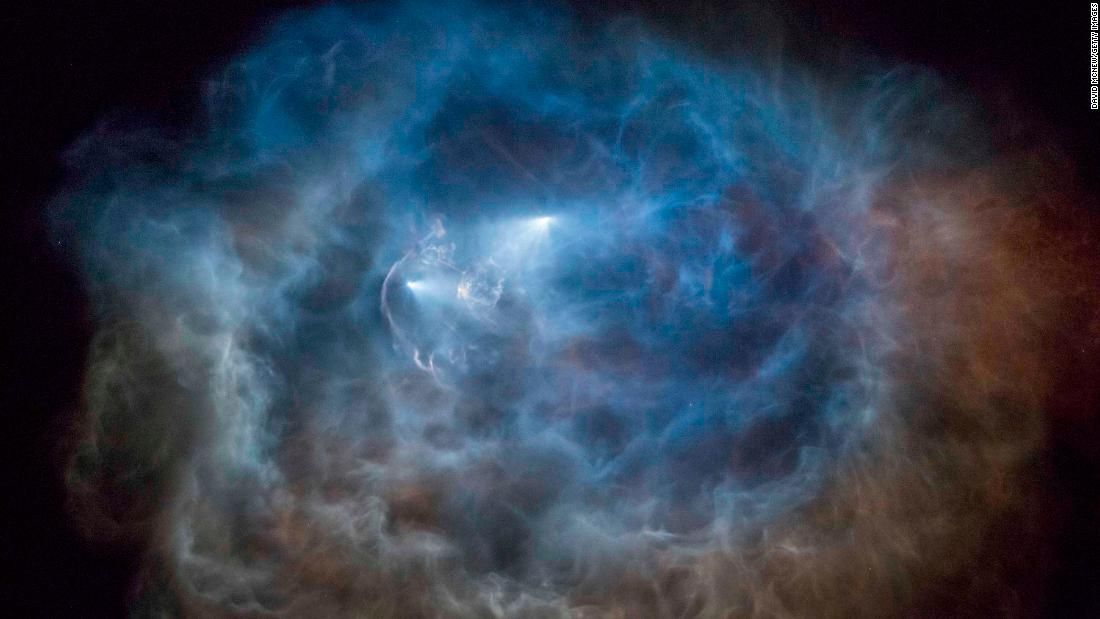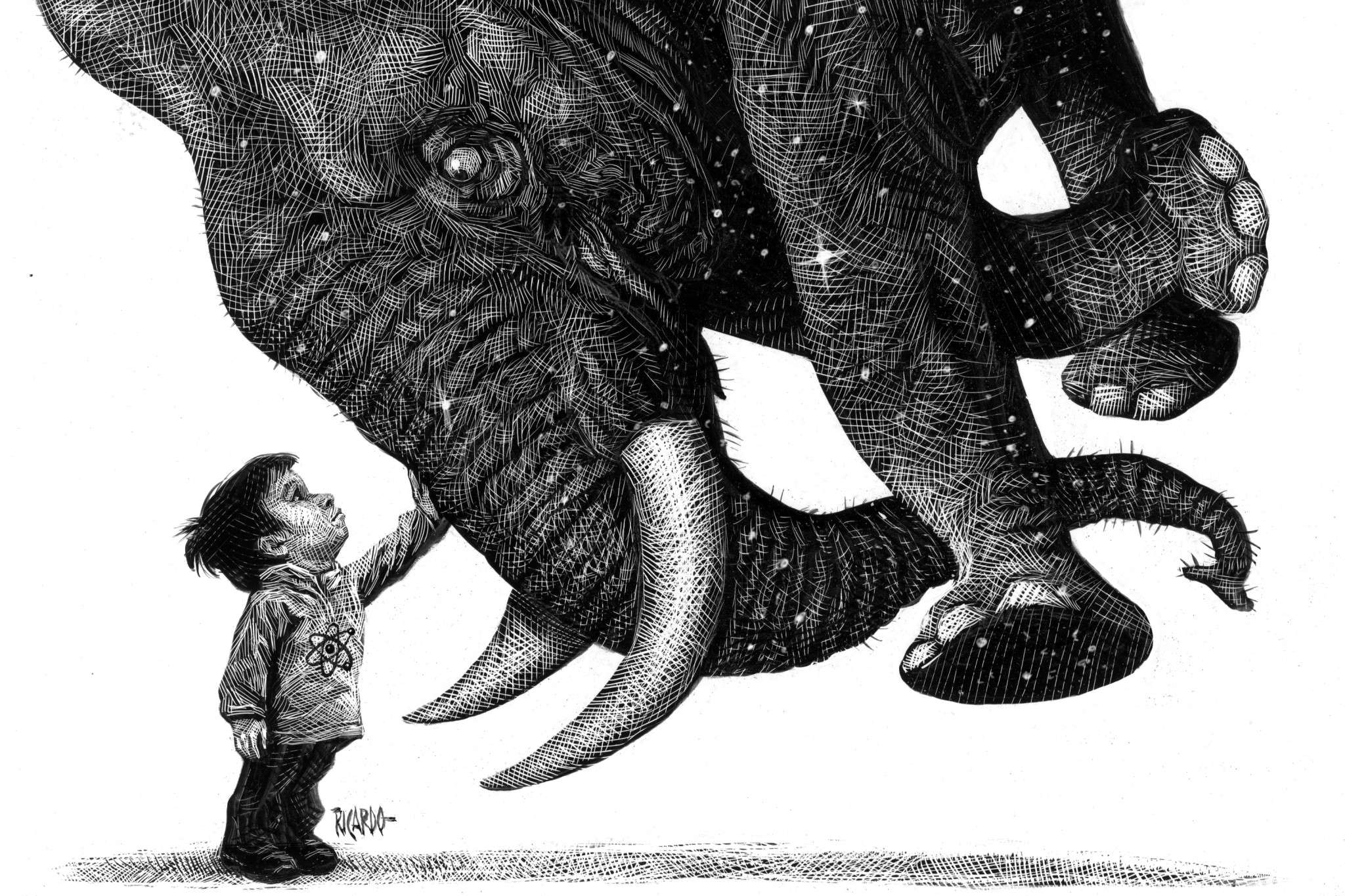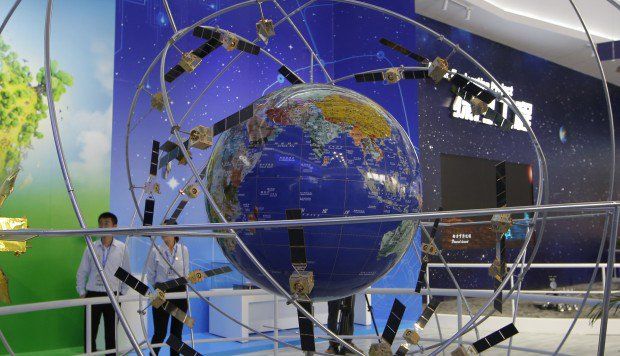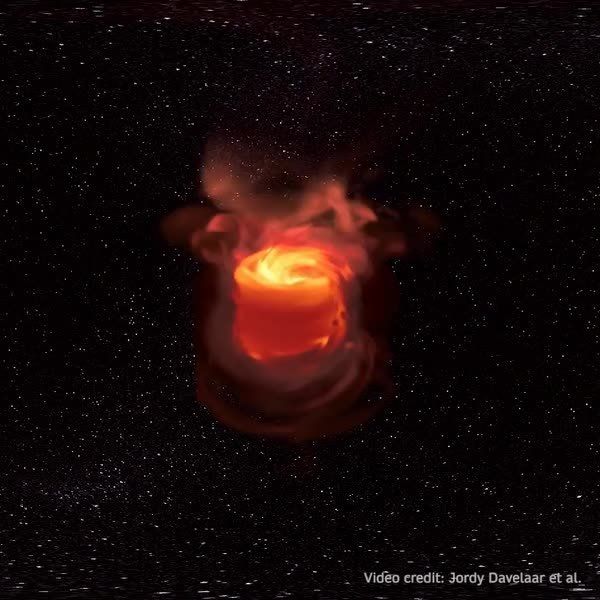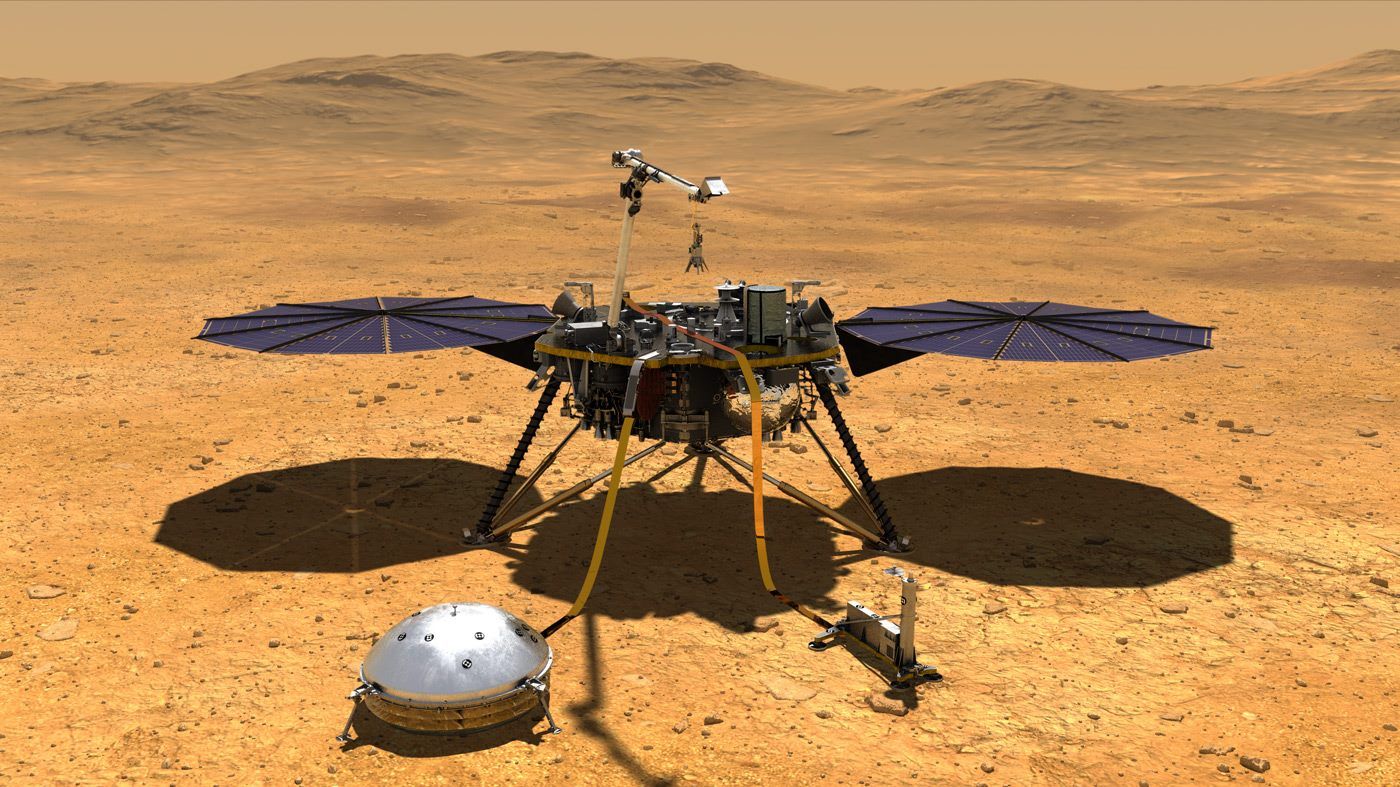Page 9745
Nov 20, 2018
Eurosymposium on Healthy Ageing – Sven Butlerijs
Posted by Steve Hill in categories: biotech/medical, life extension
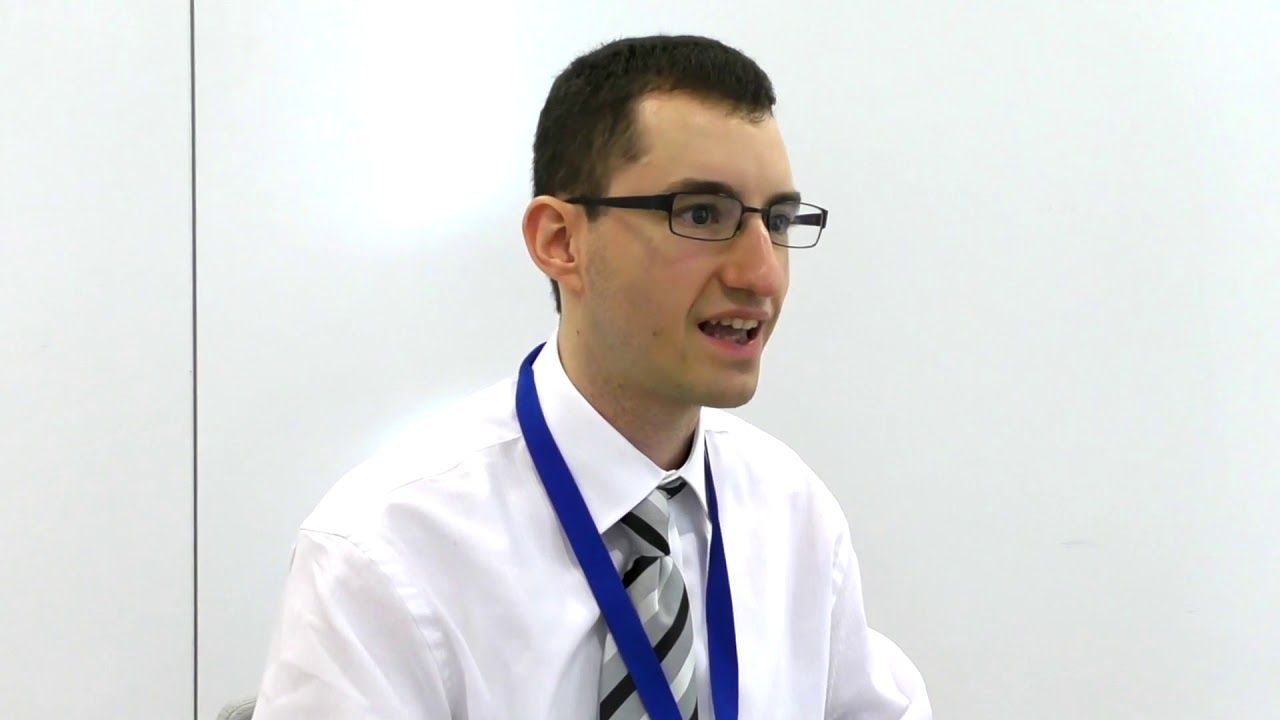
At the Eurosymposium on Healthy Ageing, we had the opportunity to interview Sven Butlerijs of the Healthy Life Extension Society (HEALES). Some of our regular readers may recall seeing Sven join us for some of the monthly episodes of the Journal Club and he is an active figure in the rejuvenation biotechnology field.
During the interview with Nicola Bagalà, Sven discusses the extracellular matrix, its role in human biomechanics, what happens when it ages and stiffens, the role of cross-linking in collagen, and the possibility of interventions.
Nov 20, 2018
Inhibiting USP13 Might Prove Effective Against Parkinson’s Disease
Posted by Nicola Bagalà in categories: biotech/medical, neuroscience
Researchers at Georgetown University Medical Center discovered that the protease USP13 (ubiquitin-specific peptidase 13) plays a role in the accumulation of toxic alpha-synuclein aggregates that characterize Parkinson’s disease [1].
Abstract
Ubiquitin specific proteases (USPs) are de-ubiquitinases that control the protein ubiquitination cycle. The role of de-ubiquitinases is poorly understood in neurodegenerative diseases. We found that USP13 is overexpressed in the post-mortem Parkinson’s disease (PD) brain. We investigated whether changes in USP13 levels can affect two molecules, parkin and alpha-synuclein, that are implicated in PD pathogenesis. Parkin is an E3 ubiquitin ligase that is regulated by ubiquitination and targets certain proteins for degradation, and alpha-synuclein may be ubiquitinated and recycled in the normal brain. We found that USP13 independently regulates parkin and alpha-synuclein ubiquitination in models of alpha-synucleinopathies. USP13 shRNA knockdown increases alpha-synuclein ubiquitination and clearance in a parkin-independent manner.
Continue reading “Inhibiting USP13 Might Prove Effective Against Parkinson’s Disease” »
Nov 20, 2018
Today is the 20th anniversary of the International Space Station
Posted by Michael Lance in categories: innovation, space
Our orbiting laboratory is a unique place – a convergence of science, technology and human innovation that demonstrates new technologies and makes research breakthroughs not possible on Earth. Unpack its architecture here: https://go.nasa.gov/2FzkBtf #SpaceStation20th
Nov 20, 2018
A dark matter hurricane is headed our way
Posted by Michael Lance in categories: climatology, cosmology
According to a recent paper, the Earth is caught directly in the crosshairs of a cosmic hurricane. A swarm of nearly 100 stars, accompanied by an even greater amount of dark matter, is aimed directly at our stellar neighborhood and there’s nothing we can do to stop it; in fact, the vanguard is already upon us. This sounds like a perfect summer blockbuster movie, starring The Rock and Chris Pratt, or maybe Scarlett Johansson and Charlize Theron.
Nov 20, 2018
Dark energy is mutating, with grave consequences for the cosmos
Posted by Michael Lance in category: cosmology
No one really knows what dark energy is, beyond the fact that it makes up two-thirds of everything – but the signs are that it’s growing stronger.
Nov 20, 2018
China one step closer satellite navigation system Beidou that could threaten dominance of GPS
Posted by Michael Lance in category: habitats
China moved a step closer to its dream of building a satellite navigation system that could challenge America’s GPS.
Aerospace firm plans a giant leap for Chinese satellite coverage with global network
Yang Changfeng, the chief designer of the system, said a basic Beidou-3 network would be in place by the end of the year to serve countries that have signed up for China’s Belt and Road Initiative – an ambitious transcontinental infrastructure initiative.
Nov 20, 2018
Observing Supermassive Black Holes in Virtual Reality
Posted by Michael Lance in categories: cosmology, virtual reality
Click on photo to start video.
Researchers have created a virtual reality simulation of a supermassive black hole. In a recent paper in “Computational Astrophysics and Cosmology” they present their latest visualization. The simulation is based on the black hole in the center of our own Galaxy; Sagittarius A* (Sgr A•. Read this SpringerOpen blog to learn more. https://bit.ly/2S2Xh8p
Can you craft a message to be understood by aliens?
The main goal of this activity is to educate the youth on Radio Astronomy techniques and Exoplanetary cutting-edge science, presenting the uniqueness of the Arecibo Observatory capability and raising the awareness of the possible risks involved on messaging unknown earthlings (through social medias) or extraterrestrial civilizations (through radio waves).
Diverse, inter-generation, multi-disciplinary and international teams of 10 students + 1 mentor (professor/scientist/teacher) will have to design the NEW Arecibo message. To unlock the call, register the teams and access the references and specifications for the project, the students will have first to learn about scientific method, AO activities, space sciences and peaceful uses of space issues for, then, be able to break coded messages, solve brain-puzzles and design their new Arecibo Message version.
Nov 19, 2018
Our NASA InSight lander just needs some… — NASA — National Aeronautics and Space Administration
Posted by Michael Lance in category: space travel
Our NASA InSight lander just needs some peace and quiet to get its work done. After next week’s #MarsLanding, the spacecraft will study the entire Red Planet by… staying put. Learn how: https://go.nasa.gov/2FwIth3
